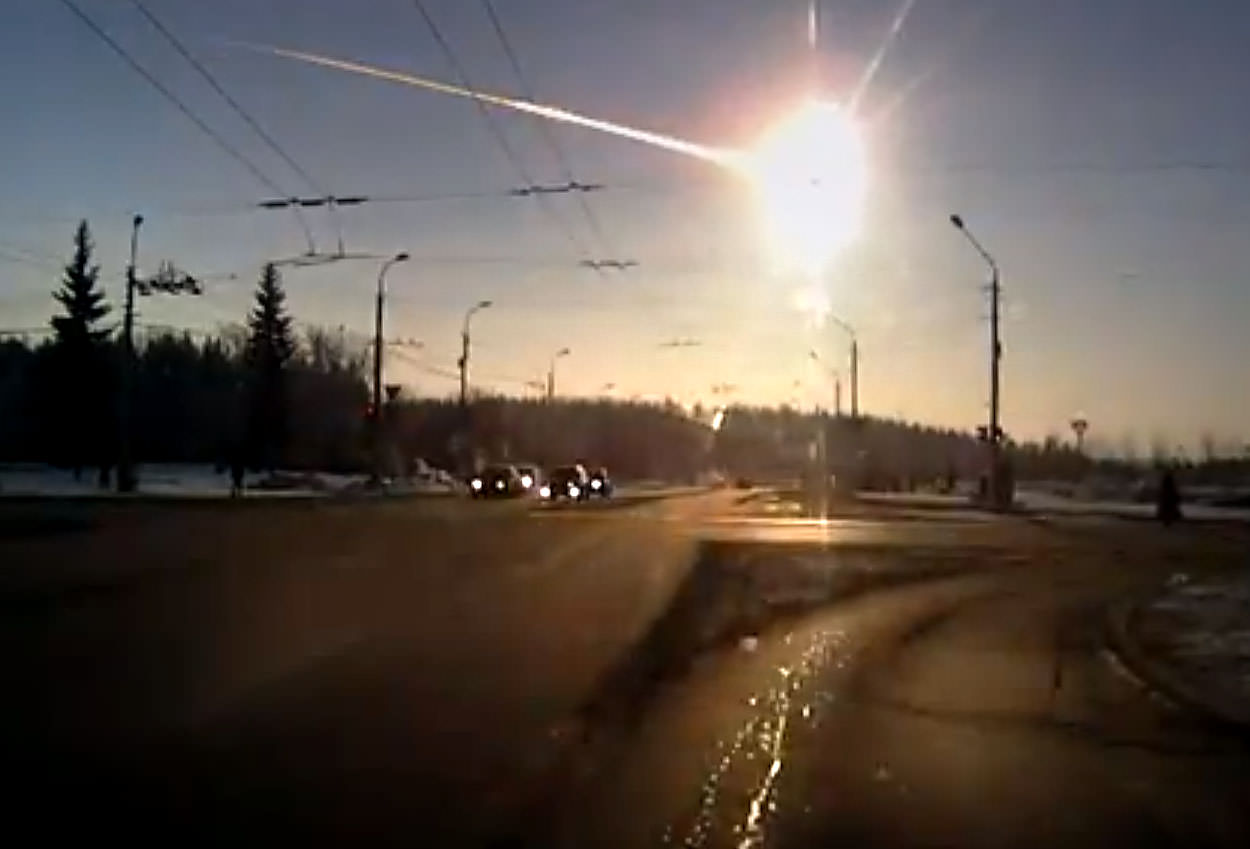Watch Meteor Strike on PBS. See more from NOVA.
It was an event that took the world by surprise: On the morning of February 15, 2013 a 7,000-ton asteroid crashed into the Earth’s atmosphere. According to NASA, the Siberian meteor exploded with the power of 30 Hiroshima bombs and was the largest object to burst in the atmosphere since the Tunguska event of 1908. This video from PBS’s science show NOVA aired last night on television and is now available to watch online. (Note: the video may not yet be available to watch in all areas of the world.)
The show reveals what scientists have gleaned so far about this object from the numerous dashcam videos in Russia and other data, and how this event could have been much worse.
It features interviews with several scientists, including Peter Brown and Margaret Campbell-Brown from the University of Western Ontario, Mark Boslough from the University of New Mexico, Dan Durda from the Southwest Research Institute and Apollo 9 astronaut Rusty Schweickart, who is now Chair Emeritus of the B612 Foundation, the organization that is building the “Sentinel” telescope to search for asteroids heading for Earth.

